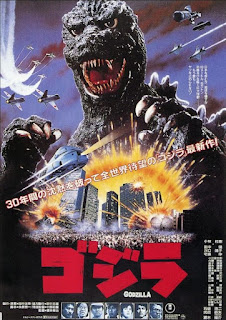Hit List (1989)

William Lustig famously followed up Maniac with the similarly titled Maniac Cop , cementing himself a reputation among cult movie fans. While he had a specific style, albeit highly influenced by Larry Cohen and other exploitation directors before him, Lustig appeared destined for a mainstream career after Maniac Cop became a bit of a hit on home video. In this case he was hired to do an action film to help restore the career of Jan-Michael Vincent, who had previously starred in the television series Airwolf. Detective Tom Mitchum (Charles Napier) is trying to put away mob boss Vic Luca (Rip Torn), but all the witnesses keep having accidents. Their hopes lie in the testimony of Frank DeSalvo (Leo Rossi), an undertaker who was using his business as a way of trafficking heroine. Luca, concerned that DeSalvo may talk, sends hitman Caleek (Lance Henriksen) to take care of him. Due to an unfortunate accident Caleek instead invades the house of Jack Collins (Vincent), killing his bes












